Palmetto Bluff Real Estate Company Sales Office
Office Hours
Monday-Friday 9am - 5pm
Saturday 9am - 4pm
Sunday 12 - 4pm
Saturday 9am - 4pm
Sunday 12 - 4pm
The Palmetto Bluff Conservancy began studying bats in 2015 and has since established Palmetto Bluff as a long-term bat research and monitoring site. We attempt to net bats year-round and divide our netting effort into seasonal netting “sessions,” with each session having specific objectives. The spring 2021 session ended in mid-June, and we had quite a few exciting finds.
A major goal of spring netting is to document the timing of reproductive events. Bats in South Carolina begin giving birth to pups in the spring, usually in May and June. We time our spring netting to catch bats before females are heavily pregnant so we will be sure to document 1) when bats begin showing their pregnancies, 2) when bats begin giving birth, and 3) when bats begin to nurse their young. The pups born on the early side of this range begin flying in mid-June, and we time our netting sessions to document this event too.

Another major goal of spring netting is to catch a pregnant northern long-eared bat. While we attempt to catch this federally protected species throughout the year, the spring is especially important as this is when females would be pregnant. We need to catch a pregnant or lactating female to definitively document that this species is reproducing at Palmetto Bluff. Despite our best efforts, we have only captured five northern long-eared bats to date, one of which was a female, and she was captured in the fall of 2016. Through the efforts of consultants
and biologists with the South Carolina Department of Natural Resources, we know that northern long-eared bats are breeding on the coast of South Carolina north of Beaufort County, and that the timing of their pregnancy is a full month earlier than previously anticipated by the US Fish and Wildlife Service. We hope to further contribute to the knowledge of the reproductive habits of coastal northern long-eared bats by catching females in the spring at Palmetto Bluff.

Our spring 2021 netting effort consisted of 22 nights between April 5 – June 15. We set up between 2-8 nets each night, depending on the location and number of people netting. We captured 107 bats of 6 different species, including big brown, Seminole, eastern red, northern yellow, evening, and tri-colored bats (as a reference, there are 13 species in Beaufort County). With a total of 2,016 net nights (number of nets x number of nights we netted) our capture success rate was 5.3% for the spring session. Our average capture success rate from 2015 – present is 4.8%, which may seem low but is typical for our area. Bats are notoriously difficult to catch! Netting bats is an exercise in patience and flexibility.

We had several unique captures this spring. The northern yellow bat is a species restricted to the coastal plain and often roosts in Spanish moss and the dead fronds of cabbage palmetto. It is the second-largest bat in South Carolina, with a wingspan of 14-16 inches. This is an uncommon species and we have only captured 18 northern yellow bats at Palmetto Bluff. Each new capture is a source of excitement – it is thrilling to hold these large, handsome bats. This spring, we caught two northern yellows, including the first female since 2015! She had a few holes in her wings that were already healing, but otherwise looked healthy. Her teeth were extremely sharp and not worn down, indicating she is probably a young bat. We caught her on April 13 and she did not show signs of being pregnant.

The most thrilling capture (in my opinion, at least) was a female tri-colored bat carrying her pup! This is the first time we have captured a female carrying her young at Palmetto Bluff and I was beside myself with excitement. Some of our bats leave their young in the roost when they forage during the night, while other species forage while carrying their young. While it is not unusual for bats to fly with their young, it is unusual to catch a mother and her baby in a net. To keep from disturbing the pair, we weighed them together and released them without fully processing or banding the mom. Usually, bats have a bit of “fight” in them and are fierce. I may be anthropomorphizing here, but this mom looked tired and did not put much effort into defending herself or biting my gloved hands. And no wonder! Her baby was about half her size and she was hauling its weight through the sky. We released them, watching as she flew off into the dark with her pup clinging to her chest.

Some of the evening creatures we encountered this spring were not of the bat variety. We open our nets just before sunset to make sure we catch any bats that are early risers. There seem to be some birds that stay up past their bedtime and are late to return to their roost. We occasionally catch these “late roosters” on their last hurrah before bed. This northern cardinal hit the net right after dusk. He was carefully extracted and sent off on his way, surely confused about what just happened.

We often catch flying squirrels while netting. These cute little rascals elicit sighs of exasperation when we see them in the net. Although they are usually easy to extract and do not really get tangled, they create a path of destruction by scampering along the bag of the net, chewing as they go. We have lost many nets (and hundreds of dollars) to these irritating and cheeky gliders.

This was an informative and successful spring netting session, and the summer session is already in full swing. If you see us netting in River Road Preserve or driving around the property tracking a bat with a metal antenna, feel free to stop us and ask questions. Next month I will explain how we catch bats (what exactly is a mist net?) and what we do when “processing” them. As always, if you have any questions about bats, send me an email at lmoore@pbconservancy.org.
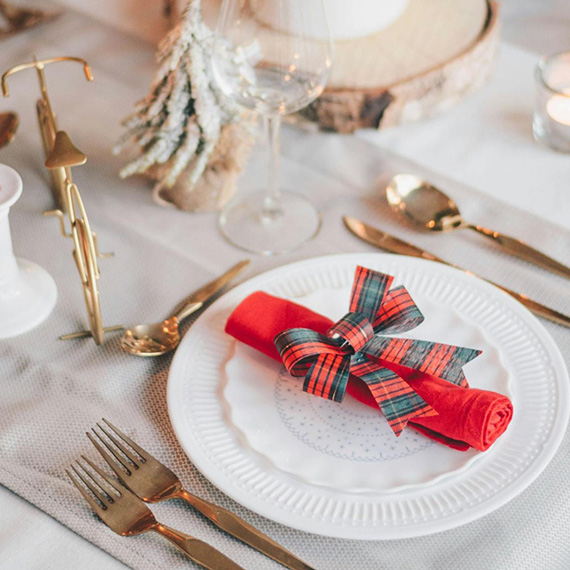
Warm, fragrant, and deeply comforting, Chef Beth’s Southern Sausage & Sage Stuffing is a holiday classic that brings together rich pork sausage, fresh herbs, and toasted bread for the ultimate savory side dish. Studded with green apples and aromatic vegeta...

As December settles over Palmetto Bluff, it brings softer light, cooler mornings, and the natural beauty of native evergreens and winter berries that define the Lowcountry landscape. Palmetto Bluff Conservancy’s Education and Outreach Manager, Aaron Palmieri, ...

In 2025, Palmetto Bluff welcomed new neighbors and old friends, groundbreakings, and long-awaited openings. From inspired Club gatherings and elevated programming to the creation of our latest golf course, the year was defined by connection and excitement for ...
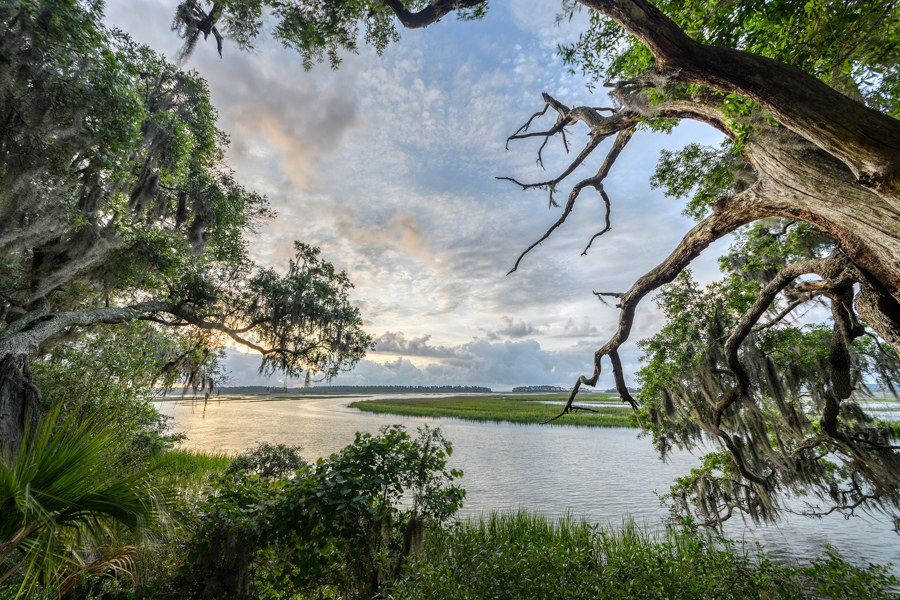
There is something serene about waking up to shimmering water, the stillness of the woods, or the sweep of marsh and sky right outside your window. Even without stepping outside, science shows that simply seeing nature from home can meaningfully improve mental...
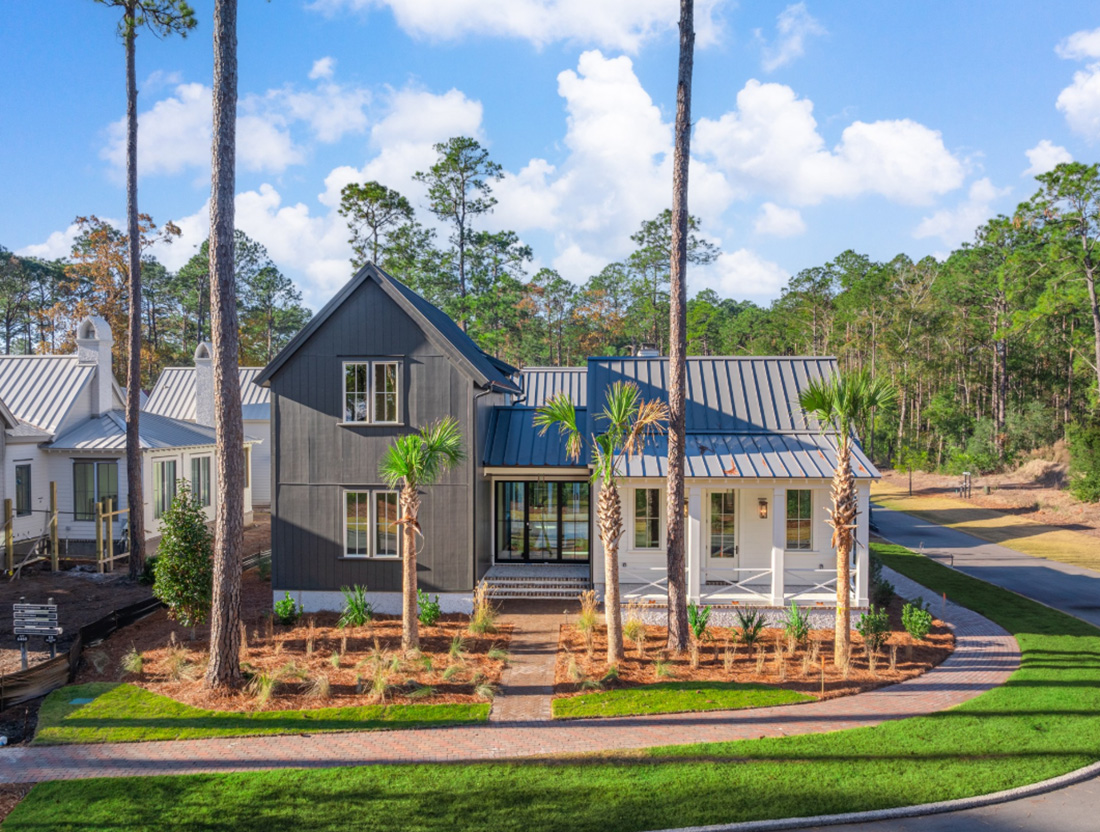
The Ultimate Choice: Building vs Buying a Home in Palmetto Bluff For those searching for Palmetto Bluff homes for sale, this common question often arises: Should you choose an existing residence, or embrace the opportunity to build your own? While a complet...

A Complete Guide to South Carolina Winter at Palmetto Bluff South Carolina's winter is unlike any other on the East Coast. While many travelers search for “South Carolina winter” expecting cooler temperatures and limited outdoor options, the Lowcountry revea...
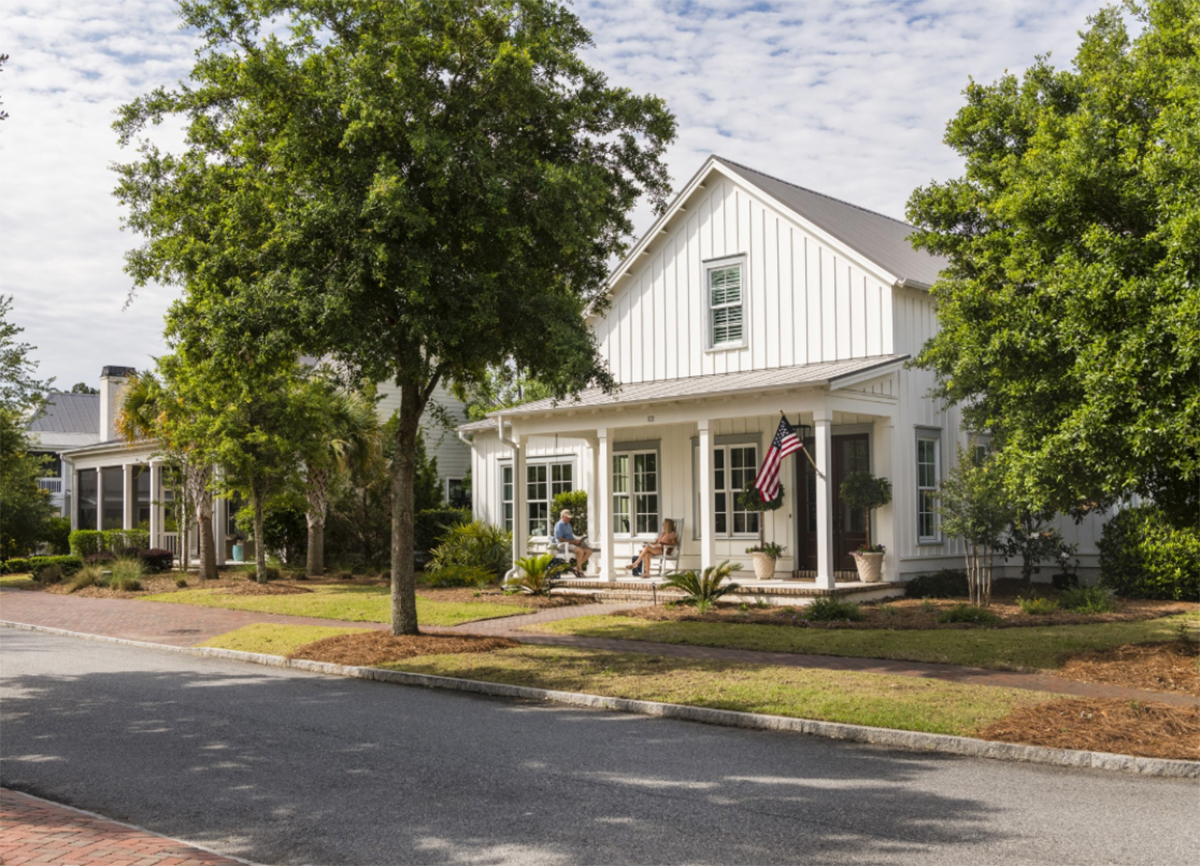
River Road: Where Lowcountry Beauty Meets Elevated Everyday Living Tucked gracefully between Wilson Village and Moreland Village, River Road is one of Palmetto Bluff’s most immersive communities. It's where the pace of life seems to soften, classic Southern ...
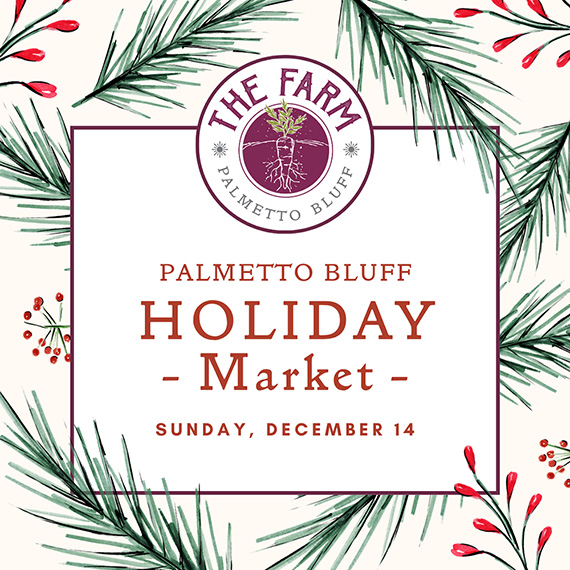
Sunday, December 14 | 9am to 1pmVillage GreenThe season’s most festive farmers market, the Holiday Farmers Market, comes to Wilson Village on Sunday, December 14, from 9am to 1pm. All are welcome to visit and experience the magic of holidays at the Bluff. The ...

Tucked amid whispering pines and overlooking a tranquil water trail, 11 Lyonia Street is where Lowcountry charm meets modern artistry. The newly built residence redefines Southern living with a balance of craftsmanship and calm. This is a home that feels both ...

The holiday season in the Lowcountry brings crisp air, oaks draped in twinkling lights, and laughter drifting from homes where families and friends gather once again. At Palmetto Bluff, the holidays are more than just a season; they’re a feeling of togethernes...
We do not attempt to independently verify the currency, completeness, accuracy or authenticity of the data contained herein. All area measurements and calculations are approximate and should be independently verified. Data may be subject to transcription and transmission errors. Accordingly, the data is provided on an “as is” “as available” basis only and may not reflect all real estate activity in the market”. © [2023] REsides, Inc. All rights reserved. Certain information contained herein is derived from information, which is the licensed property of, and copyrighted by, REsides, Inc.